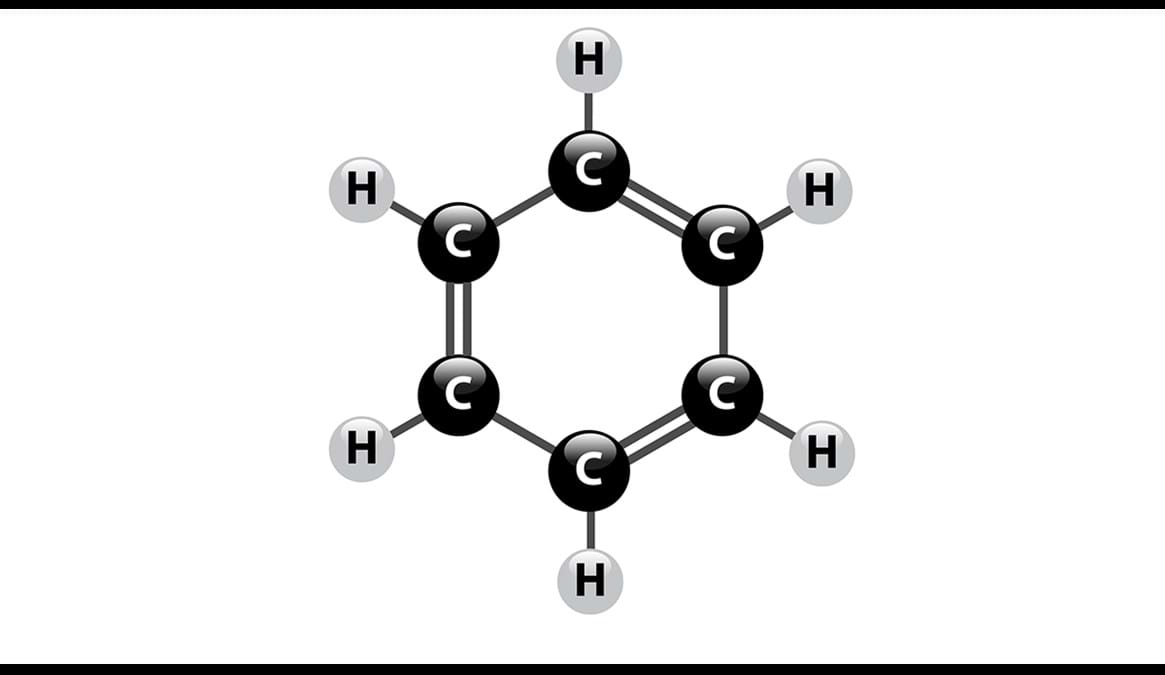For regulatory compliance purposes or out of concern for the environment, the public, and your employees, you undoubtedly have a program in place for detecting and repairing leaks at your refinery or plant. But is it actually effective? Is it really worth the (often very high) cost?
What are the best solutions on the market today? Satellite data is one option. Satellite data is inexpensive, but the resolution is not high enough to give you a detailed view of your plant, and cloud cover greatly reduces its effectiveness. What about drones and thermal imaging cameras? They’re much more effective, but they are also a lot more expensive—and that’s before you factor in the personnel required to operate them.
In the United States, the EPA requires plants to install sensors to monitor benzene levels. The Canadian government has signaled its intent to do the same with the introduction of the proposed Regulations Respecting Reduction in the Release of Volatile Organic Compounds (Petroleum Sector), which will require comprehensive LDAR programs to prevent leaks and monitor concentrations of certain volatile organic compounds (VOC) along facility boundaries. With the measures currently in place, the risk of overly long delays in detectimg and stopping major leaks is too high. Currently, EPA “Methods 325A and 325B” require refineries to install tubes that capture ambient gases along the perimeter of the facility. They must then send the tubes to a lab for testing and wait two weeks for the results. The time required is too long if there is a leak. Think about the consequences this could have for your employees—and the general public! Plus, how can you be sure whether the leak is coming from your plant or the one next door? Imagine what would happen if it took you several weeks to respond…
Recently, a Reuters article reported that ten US refineries emitted excessive benzene, potentially harmful for their employees and the surrounding neighborhoods. Those events show that we need to react quickly when there is a benzene leak.
What can you do to comply? How can you be a more responsible corporate citizen dedicated to protecting the health of your workers and the people in your community? Have you considered installing real-time sensors linked to a software program? This could be the fast, effective, and affordable solution you’re looking for. Sensors can be positioned around the plant to give you real-time data on what’s happening in your environment. Factoring in weather data and neighboring emissions, they give you the results you need using precise triangulation. Once a software-linked sensor detects a gas, you’ll receive an alert allowing you to take immediate safety measures. That means no more waiting for lab results or having to pay for complex and expensive systems. You’ll get real-time results so your team can take quick, decisive action.
Why wait for a law or regulation? It’s only a matter of time before governments require companies to report their VOC emissions in real time. Optical technologies can help you implement the most effective program for your plant at lower cost than the solutions available on the market. As an optics/photonics specialist, INO offers unique technology based on ultraviolet resonance Raman spectography to detect benzene . Raman sensors can be deployed around the perimeter of a refinery or any other facility to act as a line of defense that provides up-to-the-minute alerts.
We all know VOC emissions present health risks. Certain compounds, such as benzene, may contain carcinogens and are harmful to the environment. By incorporating new optical technologies, you’ll have the peace of mind of knowing that you’re not putting your employees or the environment at risk. Moreover, you will reduce the likelihood of falling prey to an unfortunate event that could seriously damage your reputation.
For more information or if you have any questions, feel free to contact our team of experts at INO.




